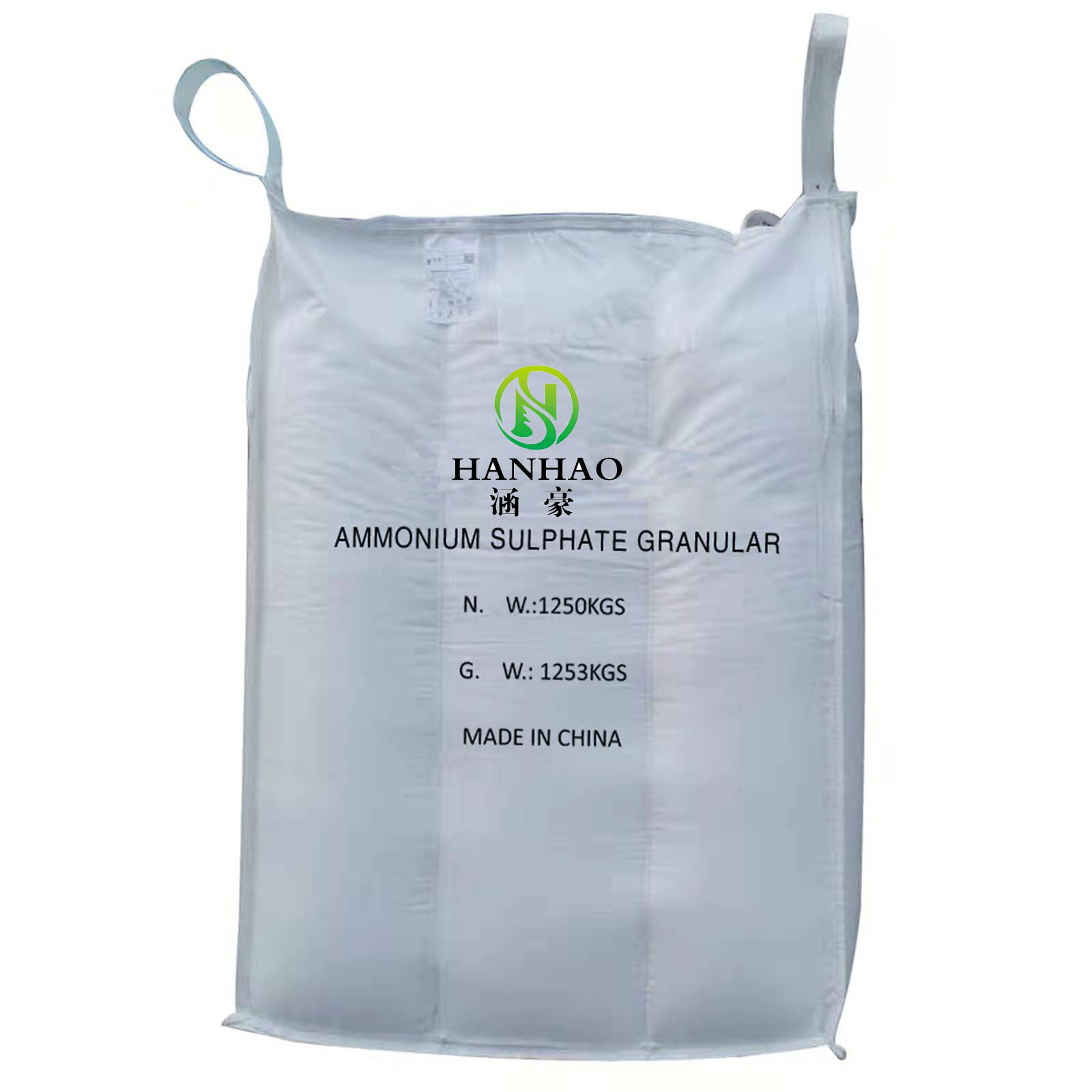
12월 . 10, 2024 17:40 Back to list
urea 46 fertilizer granular manufacturer
Understanding Urea 46% Granular Fertilizer A Comprehensive Overview
Urea fertilizer, specifically the 46% granular type, has become one of the most popular nitrogen sources for agricultural applications worldwide. Due to its high nitrogen content, urea is favored by farmers and agronomists alike to promote plant growth and improve crop yields. This article explores the composition, manufacturing process, benefits, and considerations of using urea 46% granular fertilizer.
Composition
Urea, chemically known as carbamide, contains 46% nitrogen by weight, making it one of the most concentrated nitrogen fertilizers available. This high nitrogen content is particularly beneficial for crops that require substantial nitrogen for optimal growth, such as corn, wheat, and rice. Urea is soluble in water and can be easily applied to soils through various methods, including broadcasting and incorporation.
Manufacturing Process
The production of granular urea begins with the reaction of ammonia and carbon dioxide under high pressure and temperature, forming ammonium carbamate, which is then dehydrated to produce urea. The urea is then crystallized and granulated, resulting in the 46% nitrogen fertilizer. The granulation process not only gives the fertilizer its characteristic granular form, making it easier to handle and apply but also helps in reducing dust and enhancing the product's flow characteristics.
Manufacturers focus on producing high-quality urea granules that minimize environmental impacts. This includes ensuring low biuret content (a byproduct of urea synthesis that can be harmful to plants) and consistent granule size. Many manufacturers also implement advanced technologies and strict quality control measures to meet international standards and ensure that the fertilizer is safe and effective for agricultural use.
Benefits of Urea 46% Granular Fertilizer
1. High Nutrient Value With its 46% nitrogen content, urea provides an efficient method to deliver nitrogen to crops, essential for processes such as photosynthesis and protein synthesis.
2. Cost-Effective Urea is often more economical than other nitrogen sources, making it accessible for farmers looking to maximize their productivity without incurring excessive costs.
3. Versatility It can be used in various applications, including direct soil application, foliar feeding, and in fertigation systems. This versatility allows farmers to tailor usage based on specific crop needs and operational preferences.
urea 46 fertilizer granular manufacturer

5. Ease of Application The granular form of urea allows for easy application using standard agricultural equipment. Its solid state reduces risks of volatilization compared to liquid fertilizers, especially under dry conditions.
Considerations
While urea 46% is an effective nitrogen source, there are several considerations for its use
1. Environmental Impact Improper application of urea can lead to nitrogen runoff, contributing to water pollution and affecting aquatic ecosystems. Farmers should follow best management practices to minimize environmental risks.
2. Application Timing The timing of urea application is critical to maximize its effectiveness. Applying it at the right growth stage of the crop can enhance nitrogen uptake and minimize losses.
3. Soil pH Urea can acidify the soil over time, so it's important to monitor soil pH and health regularly to ensure that it remains conducive to crop growth.
4. Co-application with Other Nutrients While urea provides essential nitrogen, it may be beneficial to apply it in conjunction with other fertilizers to ensure a balanced nutrient supply, tailored to the specific needs of different crops.
Conclusion
Urea 46% granular fertilizer stands out as a crucial player in modern agriculture, offering an efficient, cost-effective method to supply nitrogen to crops. With its advantages in promoting plant health and improving yields, it plays an essential role in addressing the challenges of food security. However, careful consideration of its application practices and environmental impacts is vital to ensure sustainable agricultural practices. As agricultural needs continue to evolve, so too will the technologies and practices associated with urea and other fertilizers, paving the way for innovative solutions in crop production.
-
10 10 10 Fertilizer Organic—Balanced NPK for All Plants
NewsJul.30,2025
-
Premium 10 10 10 Fertilizer Organic for Balanced Plant Growth
NewsJul.29,2025
-
Premium 10 10 10 Fertilizer Organic for Balanced Plant Growth
NewsJul.29,2025
-
Premium 10 10 10 Fertilizer Organic for Balanced Plant Growth
NewsJul.29,2025
-
50 Pound Bags of 13-13-13 Fertilizer for All Plants – Bulk & Organic Options
NewsJul.28,2025
-
High-Efficiency 15-30-15 Granular Fertilizer for Healthy Crops
NewsJul.28,2025
